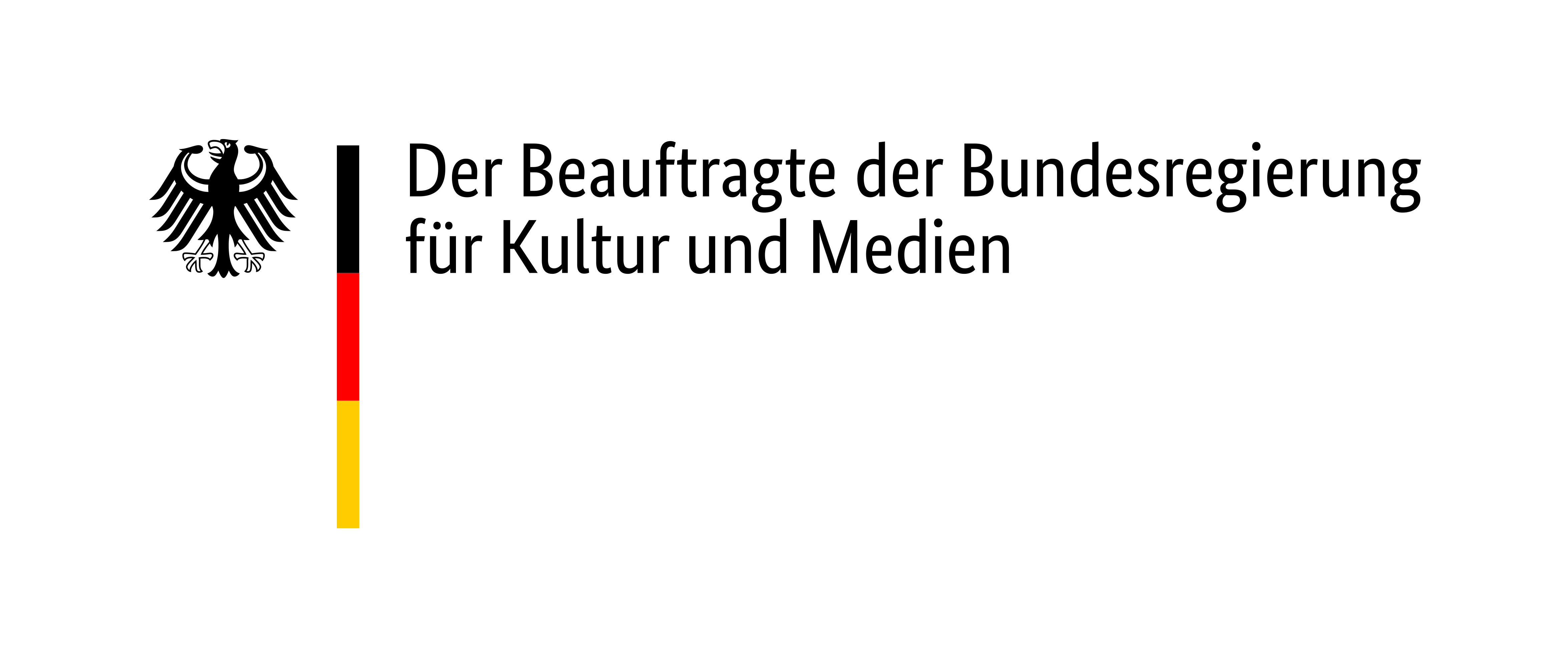Special camps
The term specialnyi lager, or spezlag(er) for short, originates from Soviet administrative language. It first appeared in connection with the camps in occupied Germany in an internal report by the Soviet secret service NKVD from the end of May 1945. From then on, it was used to describe a special type of camp in which internees – the so-called spezkontingent – were held outside the USSR without the involvement of the courts. From 1947 onwards, those convicted by court trial were also held there.
Gulag, GULag
The abbreviation GULag stands for ‘Main Administration of Camps’ (‘Glavnoe Upravlenie Lagerej’). This covered a vast network of penal and labour camps throughout the Soviet Union. It existed from the 1920s onwards and was only significantly reduced in size after Stalin's death in 1953. While prisoners were generally not tasked with labour in the special camps of the Soviet Occupation Zone/GDR, prisoners in Soviet penal camps were forced to perform hard labour. Between 1930 and 1953, around 20 million people were held in the GULag camps. Over 2.7 million died as a result of harsh conditions and lack of resources. In contrast to the Nazi extermination camps, death was not systematically planned in the GULag, but it was accepted as a consequence.
Concentration camps
Concentration camps were established throughout the German Reich from 1933 onwards (and in the occupied territories from 1939 onwards). Political opponents and victims of racial persecution were terrorised and abused in these camps. The SS used the system of Nazi concentration camps to exploit prisoners through labour and to murder them. Although the official abbreviation was ‘KL’, the abbreviation ‘KZ’ had also been used since the 1930s. The Soviet special camps are sometimes mistakenly referred to as concentration camps. Consciously or unconsciously, this equates them with the Nazi camps.

